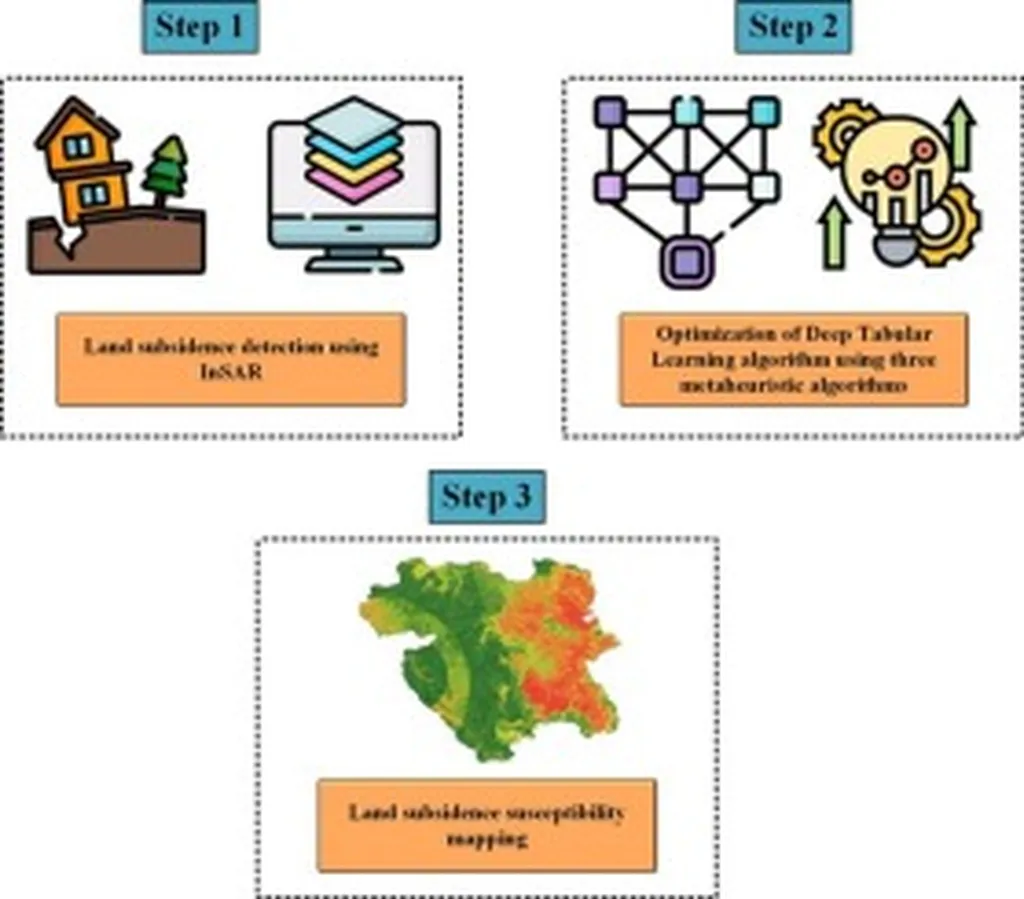In the heart of Tehran, a groundbreaking study led by Farshad Taiyari, an assistant professor at the Technical and Vocational University (TVU), is set to revolutionize the way we approach deep excavation projects, particularly in the energy sector. Taiyari’s research, published in the esteemed journal ‘مهندسی عمران شریف’ (Sharif Journal of Civil Engineering), delves into the efficiency of metaheuristic algorithms in optimizing the design of pile wall retaining systems, a critical component in deep excavation projects.
Deep excavations are a common occurrence in urban environments, particularly for metro stations, basements, and other underground structures. These excavations require robust retaining systems to ensure the stability of the surrounding soil and structures. Pile wall retaining systems are often employed for this purpose, but their design can be complex and costly.
Taiyari’s study focuses on a case study of an ongoing Tabriz metro station project, which features a deep excavation pit retained by secant pile walls supported by struts. The research explores the use of four different metaheuristic algorithms—Genetic, Particle Swarm Optimization, Bee, and Biogeography-Based algorithms—to optimize the design of these retaining systems.
“The goal was to minimize the total cost of the retaining system while ensuring its structural integrity,” Taiyari explains. The optimization variables included the pile’s external diameter, the steel tube’s stiffness, the number and diameter of longitudinal bars inside the concrete core, the center-to-center spaces of the pile elements, the dimensions of struts and their center-to-center spaces, the location of the struts in depth, and the buried depth of pile elements.
The results of the study are promising. The Genetic algorithm, in particular, demonstrated excellent performance in obtaining the optimum solution. It exhibited a proper standard deviation and convergence rate in producing the optimum response. This finding could significantly impact the energy sector, where deep excavations are often required for the construction of power plants, underground storage facilities, and other critical infrastructure.
Moreover, the study revealed that the soil stress increased in the depth where struts were installed, while it reduced near the ground level, where the deflection of piles created an active situation for the soil. This insight could lead to more efficient and cost-effective designs for pile wall retaining systems.
The implications of this research are far-reaching. By optimizing the design of pile wall retaining systems, construction companies can reduce costs and improve the safety and stability of their projects. This is particularly relevant in the energy sector, where deep excavations are a common requirement.
As Taiyari puts it, “This research opens up new possibilities for the application of metaheuristic algorithms in the optimal design of retaining structures. It’s a step towards more efficient, safe, and cost-effective construction practices.”
The study, published in ‘مهندسی عمران شریف’ (Sharif Journal of Civil Engineering), is a testament to the power of innovative research in driving progress in the construction industry. It’s a reminder that even in the most challenging projects, there’s always room for improvement and innovation.

